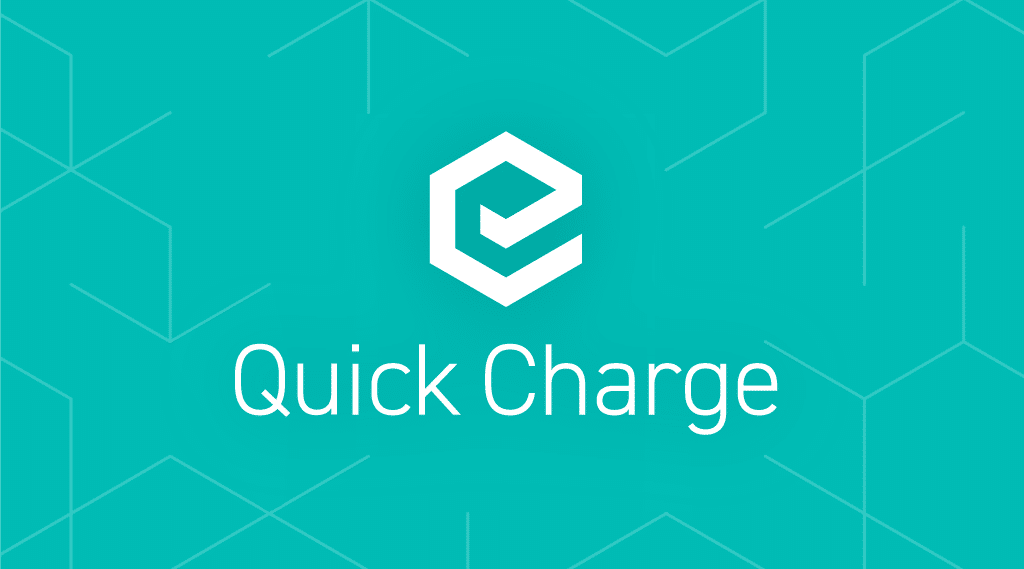
In Episode 16 of Electrada Quick Charge, we delve into the fleet electrification process, outlining six critical steps for transitioning from diesel to an efficient electric fleet. Transitioning to an electric fleet comes with unique challenges, particularly in building a robust charging infrastructure that meets operational demands. This episode provides fleet managers with actionable insights to effectively design and implement tailored electric fuel solutions.
Step 1: Analyze Fleet Applications
The journey begins with a detailed analysis of the fleet’s real-world applications. This step involves understanding each vehicle’s duty cycles, available charging windows, and operational needs. By identifying these key factors, fleet managers can determine the specific types and quantities of chargers required for a seamless transition.
Step 2: Collaborate with Key Stakeholders During the Fleet Electrification Process
Fleet electrification and navigating the fleet electrification process is a collaborative effort. Engaging with landlords, building code enforcers, equipment manufacturers, architects, and contractors early on ensures smoother and more efficient implementation. This teamwork helps address potential challenges like permitting and easements upfront.
Step 3: Partner with Utilities Early
Involving local utilities during the initial stages of fleet electrification is essential. Increased electricity demand for simultaneous high-rate charging can impact the power grid, so working closely with utility providers helps manage capacity and avoid delays.
Step 4: Design the Charging Infrastructure for Electric Fuel Solutions
Designing optimal charging infrastructure is a critical part of the fleet electrification process. Design considerations are crucial for operational efficiency, like charger placement for medium and heavy-duty trucks. A well-designed infrastructure supports long-term success.
Step 5: Monitor and Optimize Charging
Continuous monitoring of the charging process minimizes costs and ensures operational efficiency. Adjusting charging times and sequences can further optimize the system, keeping electric fuel solutions adaptable to evolving needs.
Step 6: Complete the Fleet Electrification Process with Electrada’s 360 CaaS Model
Electrada’s 360 Charging-as-a-Service (CaaS) offers fully capitalized fuel solutions to simplify the transition. From design to implementation, Electrada handles every aspect, guaranteeing reduced fuel costs and scalability.
Fleet electrification doesn’t have to be costly and complicated. Regardless of where you are on your fleet electrification process, Electrada can guide you through a seamless, fully managed solution that fits your needs.


